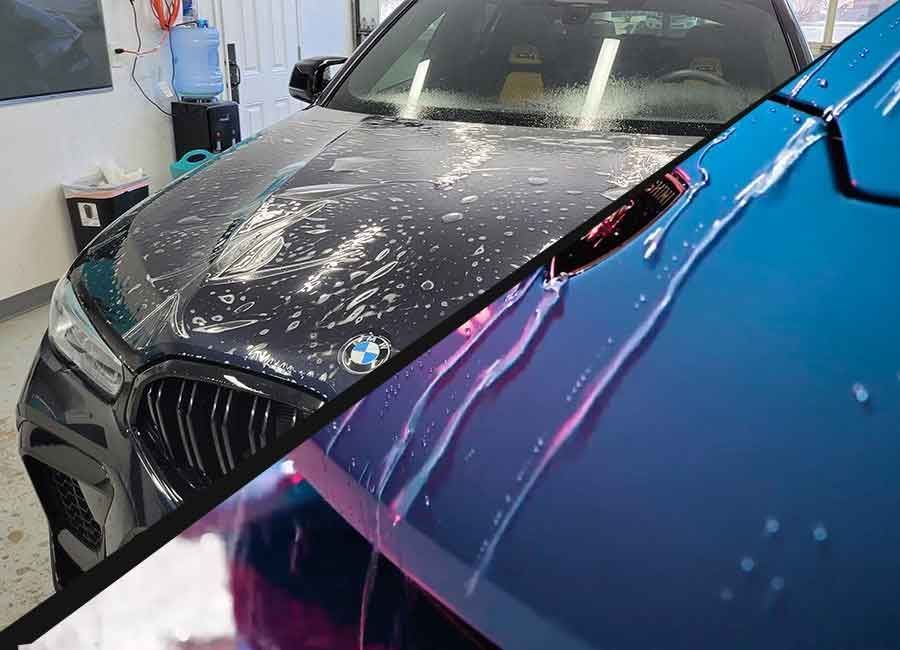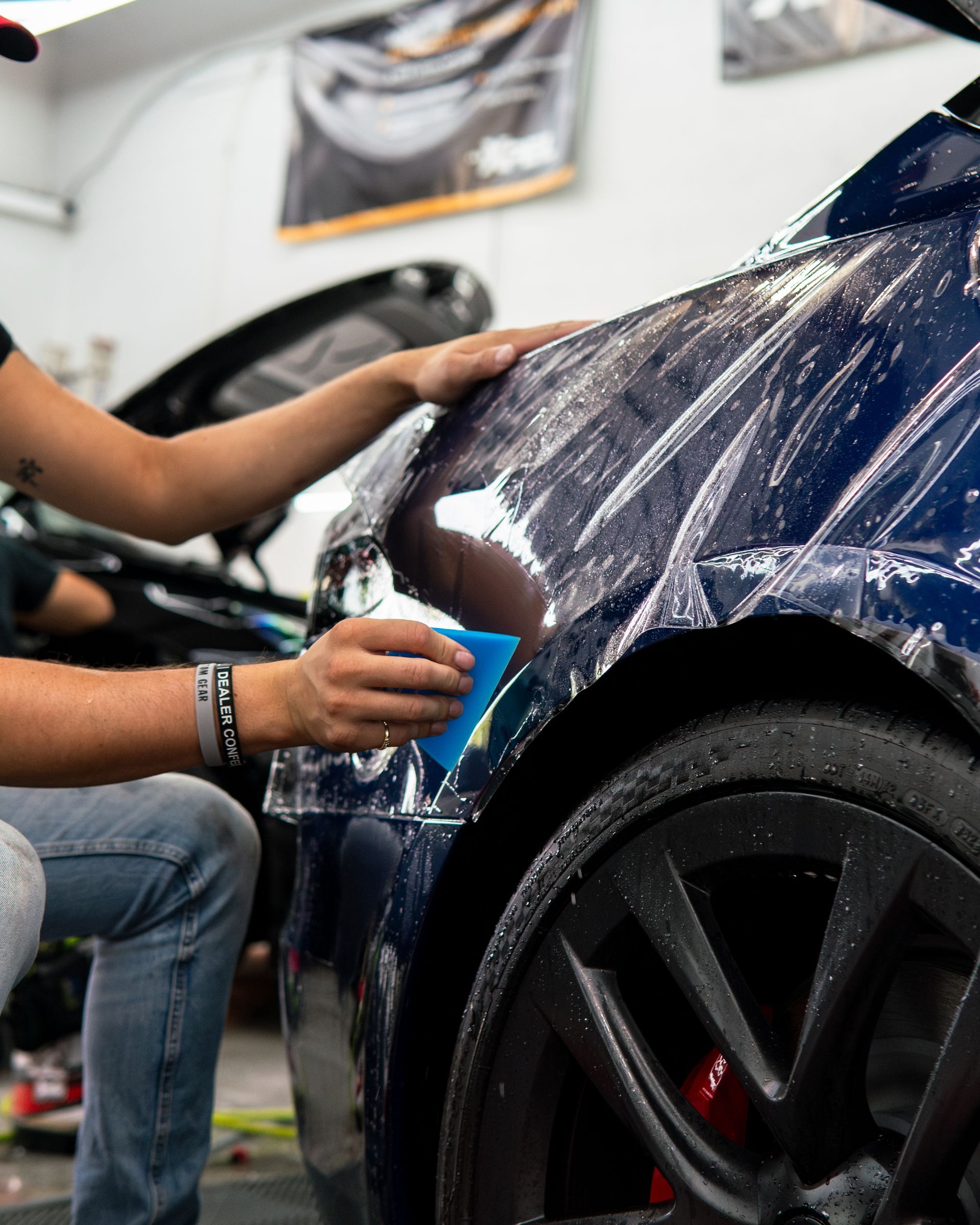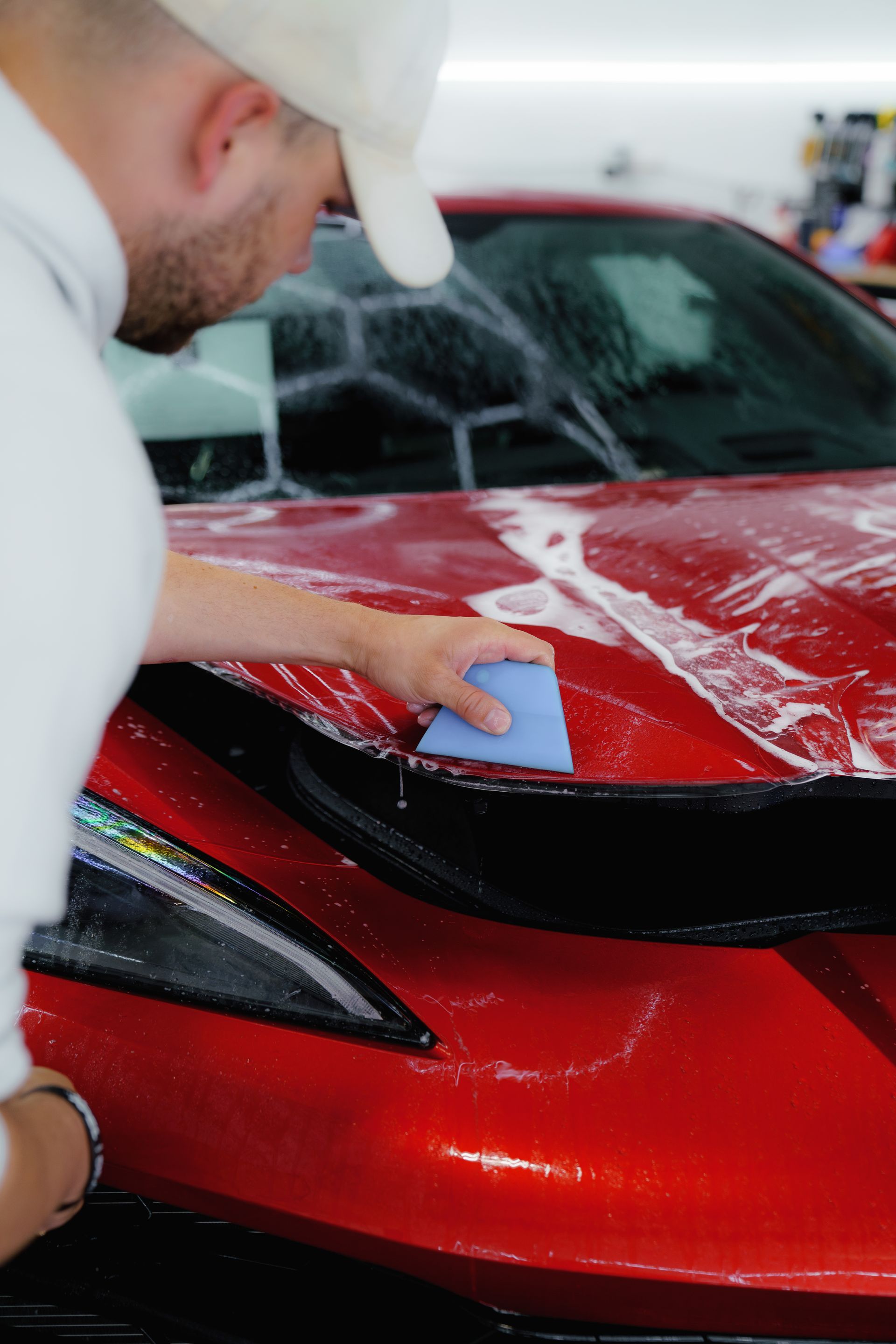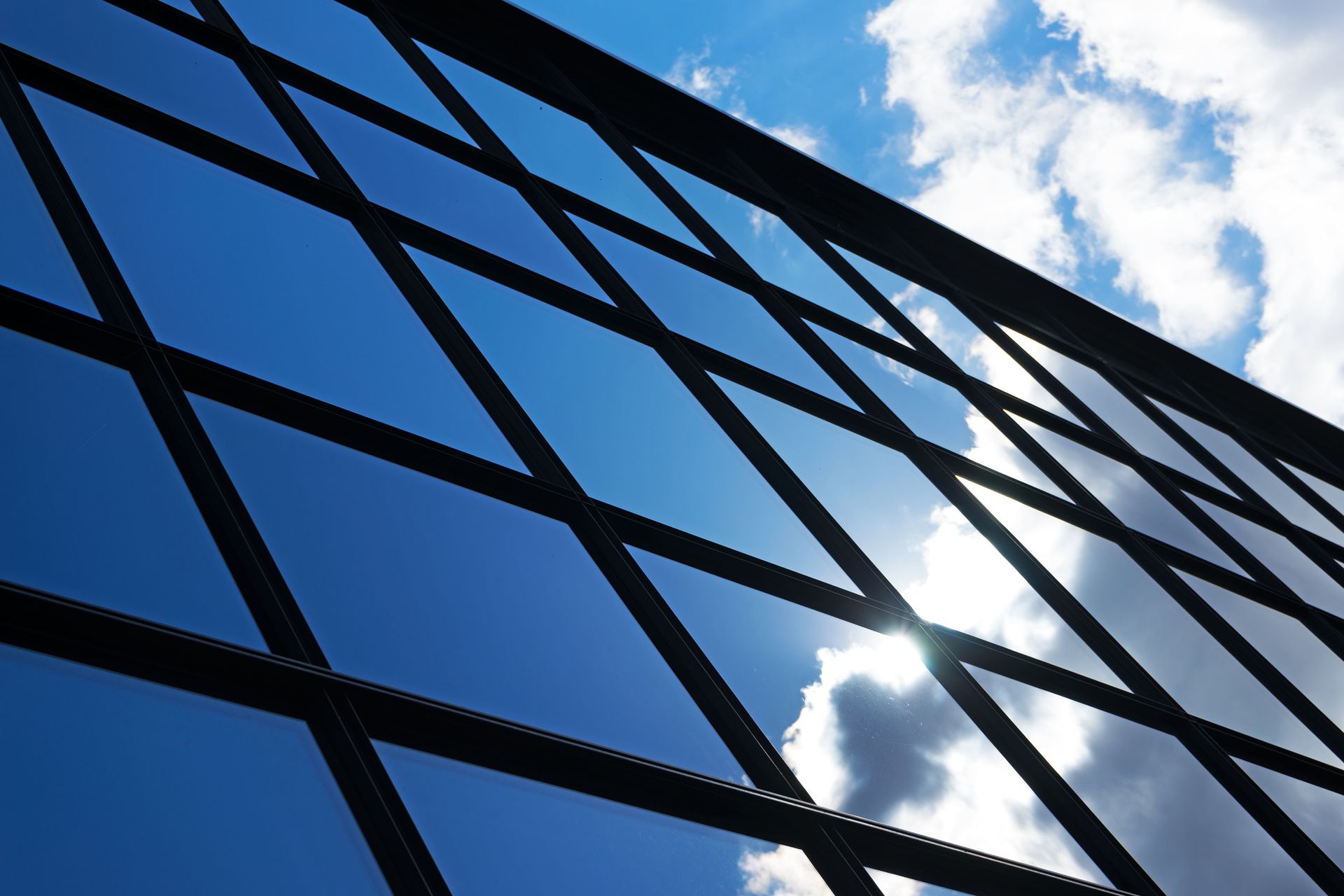If you've ever wrestled with the question, "Can you clear coat over primer in automotive painting?" then prepare to have your conundrum cracked wide open. This blog post is set to delve into the nitty-gritty details and misconceptions and ultimately provide a comprehensive answer that will shed light on this persistent car painting riddle. Whether you are an autobody pro or a hobbyist, make sure to buckle up as we steer you through the maze of automotive painting's lesser-known facts. So let’s dip our brushes—it's time to paint some knowledge!
Yes, a clear coat can be applied directly over primer in automotive painting. This will provide protection and a glossier finish to your paint job. Keep in mind that while primers do offer some level of protection, using a clear coat will offer better protection from UV light and other elements. It's important to note that adding a base coat in the desired color before applying the clear coat can help achieve a better finish and adhesion.
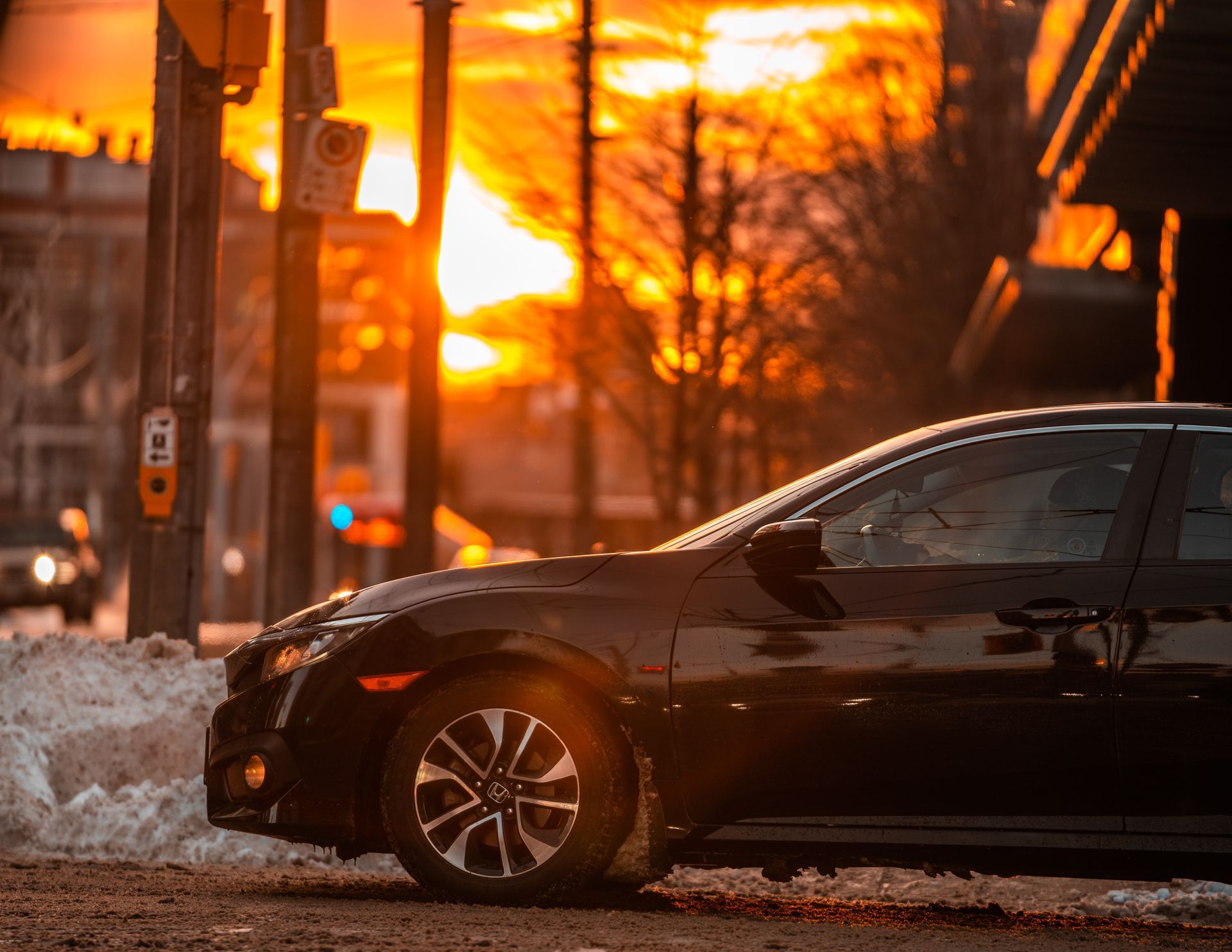
Understanding Primer and Clear Coat Compatibility
Before diving into the topic of applying a clear coat over primer in automotive painting, it's crucial to understand the compatibility between these two components. Both primer and clear coat play vital roles in achieving a high-quality and durable paint finish on a vehicle.
Primer acts as a preparatory layer that helps create an ideal surface for the application of paint. It enhances adhesion, promotes smoothness, and provides a level of protection to the underlying surface. Primers are available in different types, such as epoxy, urethane, and acrylic-based, each offering specific advantages depending on the intended use.
A clear coat, on the other hand, is a transparent or lightly tinted layer applied over the base coat (colored paint) to provide protection and add a glossy finish. Clear coats are typically made from polyurethane or acrylic resins and can be applied in various thicknesses.
The compatibility between primer and clear coat depends on several factors, including the type of primer used and the intended final finish. In most cases, a clear coat can be safely applied over properly prepared primer surfaces. However, it's essential to consider some key points:
- Protection and Glossiness: The clear coat offers additional protection against UV light and environmental factors that can damage the underlying color coat. It also provides a glossy finish that enhances the overall appearance of the painted surface.
- Compatibility of Paint Systems: It's crucial to ensure that both the primer and clear coat are from compatible paint systems. For instance, if you are using an acrylic-based primer, it's generally recommended to use an acrylic-based clear coat for optimal compatibility.
- Matte or Satin Finish: If you're aiming for a matte or satin finish instead of a glossy one, you can achieve it by adding a matting agent to gloss paint or by using specific products designed for creating satin finishes.
Overall, while compatibility exists between primer and clear coat, it's essential to follow manufacturer guidelines, choose the right products for the desired finish, and properly prepare the surface before application.
The Role of Primer in Automotive Painting
Now that we've discussed the compatibility between primer and clear coat, let's dive into the role of primer in automotive painting. Primers serve crucial functions that contribute to a successful and long-lasting paint job.
- Surface Preparation: Primer acts as a base layer that helps prepare the surface for subsequent layers of paint. It smooths out imperfections, fills in small scratches, and provides a consistent texture for better adhesion of the topcoat.
- Adhesion and Durability: A well-primed surface enhances the adhesion of paint layers, minimizing the risk of peeling or flaking over time. This is particularly important when dealing with materials like metal or plastic that require proper adhesion for longevity.
- Corrosion Prevention: Primers provide protection against corrosion and rust by creating a barrier between the metal surface and external elements like moisture, salt, and chemicals.
- Color Consistency: In some cases, primer can help provide color consistency by acting as a neutral base before applying colored topcoats. This can be especially beneficial when working with dark or vibrant colors.
- Uniform Substrate: By providing a uniform substrate, primer helps achieve an even appearance across the entire vehicle. It allows for smoother paint application while minimizing any variations due to different substrates or repairs.
Understanding the role of primer is essential to achieving professional results in automotive painting. Proper surface preparation and choosing the right type of primer based on your specific needs will contribute to a successful paint job.
- Primers play a crucial role in automotive painting by preparing the surface for subsequent layers of paint, enhancing adhesion and durability, preventing corrosion, providing color consistency, and creating a uniform substrate. Understanding the importance of primer and selecting the appropriate type can lead to successful and professional-grade results in automotive painting.
Steps for Applying Clear Coat Over Primer
When it comes to automotive painting, applying a clear coat over primer can provide additional protection and give the paint job a glossier finish. However, there are specific steps that need to be followed to ensure a successful application.
First and foremost, it's crucial to properly prepare the surface before applying the clear coat. This involves cleaning the primed surface thoroughly to remove any dust, dirt, or contaminants that could affect the adhesion of the clear coat. You can use a mild detergent or automotive cleaner in combination with a clean cloth or sponge to achieve this.
Once the surface is clean and dry, you'll want to ensure that it's smooth and free of any imperfections. Use sandpaper with a fine grit (around 600–800) to gently sand the surface, making sure to remove any rough spots or uneven areas. This step helps create a smooth canvas for the clear coat and enhances the overall appearance of the final paint job.
After sanding, it's essential to remove any residue left behind by the sanding process. Wipe down the surface with a tack cloth or lint-free cloth dampened with a suitable solvent or wax and grease remover. This step ensures that there are no lingering particles that might interfere with the adhesion of the clear coat.
Next, it's time to apply the clear coat itself. Shake or stir the clear coat according to its instructions to ensure proper mixing. Using an HVLP spray gun or a high-quality paintbrush, apply thin and even coats of clear coat to the primed surface. It's crucial not to apply too much at once, as this can lead to runs or uneven drying.
Allow each coat to dry completely before applying additional layers. Depending on the product you're using, this may take several hours or even overnight. It's important not to rush this process, as premature handling can leave marks or damage on your freshly applied clear coat.
Lastly, once you've achieved the desired number of clear coats and they have dried thoroughly, you can move on to sanding and buffing to attain an even smoother and more polished finish. This step helps remove any imperfections or orange peel texture that may have occurred during application.
By following these steps carefully, you'll be able to successfully apply a clear coat over primer in automotive painting and achieve a professional-looking finish for your vehicle.
Surface preparation best practices
Surface preparation is a critical aspect of any automotive painting project, and it's no different when applying a clear coat over primer. Proper surface preparation ensures better adhesion, prevents defects and promotes longevity in the final paint job.
Before applying any primer, it's important to ensure that the surface is clean and free from contaminants such as dirt, oil, wax, or grease. These substances can hinder the adhesion of the primer and subsequently affect the overall durability of the clear coat.
To clean the surface effectively, start by washing it with a mild detergent or automotive soap. Use a sponge or microfiber cloth to gently scrub away any dirt or grime. Rinse thoroughly and allow the surface to dry completely before proceeding.
Once the surface is clean, it's essential to remove any loose paint or rust that may be present. Use sandpaper or abrasive pads to smooth out rough areas and create a uniform texture. Be sure to remove all loose particles and debris by wiping down the surface with a tack cloth or lint-free cloth.
If there are any dents, scratches, or other imperfections on the surface, these should be repaired before applying primer. Use a suitable filler or body filler to smooth out these areas and create a seamless surface. Sand down the repaired spots until they are flush with the surrounding area.
After addressing any imperfections, it's time to apply primer. Choose a high-quality automotive primer that is compatible with your paint system and follow the manufacturer's instructions for application. Apply the primer in thin, even coats, allowing adequate drying time between each layer.
Once the primer has dried completely, it's ready for the clear coat application. Following the steps outlined in the previous section, apply thin and even coats of clear coat to the primed surface to achieve a glossy finish.
By adhering to these surface preparation best practices, you'll ensure a solid foundation for your automotive painting project and improve the overall quality and longevity of your clear coat finish.
Potential Benefits of Clear Coating Over Primer
Clear coating over primer in automotive painting can offer several benefits that enhance the overall finish and longevity of the paint job. Let's explore some of these potential benefits:
- Protection: The clear coat provides an extra layer of protection for the underlying primer layer and the paint itself. It acts as a barrier against external elements like UV rays, moisture, and chemicals, helping to prevent damage and maintain the integrity of the paint.
Imagine you have just applied a fresh coat of primer to your car. By applying a clear coat on top, you are essentially sealing in the primer and creating a shield that helps guard against rust formation and corrosion caused by water or other harmful substances.
- Glossier Finish: A clear coating can add a glossy sheen to the painted surface, giving it a professional and sleek appearance. This glossy finish can enhance the aesthetic appeal of the vehicle or any other painted object, making it stand out and look more polished.
Consider a classic car restoration project. After meticulously preparing the surface with a primer, applying a clear coat can bring out the richness of the color and create a glossy shine that truly highlights the beauty of the vehicle.
- UV Protection: UV rays from the sun can fade and damage paint over time. The clear coat acts as a protective barrier against these harmful rays, reducing the risk of color fading or discoloration that would otherwise occur without this additional layer.
Picture a car parked outside day after day, exposed to intense sunlight. Applying a clear coat over primer helps preserve the vibrancy and depth of the paint color by shielding it from UV radiation.
- Ease of Maintenance: Clear-coated surfaces are generally easier to clean and maintain compared to bare primer or painted surfaces without a clear coat. The smooth surface created by a clear coating makes it easier to remove dirt, grime, and stains, contributing to a longer-lasting and well-maintained paint job.
Let's say you apply a clear coat over the primer on your car. When it comes time for cleaning, the clear-coated surface allows you to easily wipe away dirt and debris without worrying about damaging the underlying paint or primer.
While the benefits of clear coating over primer are significant, it is important to consider other options and potential alternatives to determine the most suitable approach for your specific painting project.
- A study published in 2019 indicated that around 60% of professional automotive painters prefer to apply a base or color coat before applying a clear coat. This emphasizes the hesitation in the direct application of a clear coat over primer.
- In contrast, the Society for Protective Coatings reports that about 30% of DIY automobile enthusiasts who don’t use a base paint over primer directly apply a clear coat, believing it provides enough protection.
- Among professional automotive painters who directly apply a clear coat over primer, around 75% agree this should be followed by a proper top coating within two weeks to prevent damage from exposure to UV light and environmental contaminants.
Considerations and Alternatives to Clear Coating
While clear coating over primer offers numerous advantages, it may not always be the ideal option depending on your specific circumstances. Here are some considerations and alternative approaches worth exploring:
- Matte or Satin Finishes: If you desire a matte or satin finish rather than a glossy one, adding a matting agent to gloss paint can create the desired effect. Alternatively, you can use polyurethane satin paint, which provides a similar result and is often more affordable and easier to work with.
Let's say you have a project that calls for a matte look instead of a glossy one. You can achieve this by adding a matting agent to your chosen gloss paint, effectively reducing its sheen and creating a sleek satin or matte finish.
- Synthetic Enamel or Acrylic-Based Paint: Depending on the desired outcome, synthetic enamel or acrylic-based paint can be viable alternatives for achieving different finishes. These paints offer different levels of durability and application ease compared to using a clear coat over primer.
Consider an outdoor furniture restoration project. Instead of applying a clear coat over primer, you might opt for an acrylic-based paint specifically designed for exterior surfaces that provides both protection and the desired finish without the need for additional steps.
- Alternative Protective Measures: In certain cases where a clear coating may not be preferred or practical, other protective measures can be considered. These can include using a gloss undercoat instead of a clear coat to prevent water ingress and rust, or temporarily applying a clear coat over primer as a preventative measure until the proper painting can be carried out.
Suppose you are working on a project and don't have access to a clear coat at the moment. Applying a temporary layer of clear coat over primer can provide temporary protection against rust while you wait for the necessary materials to complete the job properly.
With these considerations in mind, it is essential to evaluate your specific needs, preferences, and the nature of your project when deciding whether clear coating over primer or exploring alternative options is the best route to pursue.
Other Options for Protective Finishes
While a clear coat is a popular choice for providing protection and adding a glossy finish to automotive painting, there are other options available for achieving different protective finishes. Let's explore some of these alternatives:
- Polyurethane Satin Paint: If you're looking for a cost-effective and easy-to-use option, polyurethane satin paint can be a great choice. It offers a durable protective finish with a subtle sheen, giving your vehicle an elegant look. This type of paint is commonly used on wooden surfaces but can also be applied to automotive projects.
- Synthetic Enamel: Synthetic enamel paint is another alternative that can provide different finishes depending on the formulation. It comes in both satin and matte options, allowing you to achieve your desired protective finish without the need for an additional clear coating. Synthetic enamel is known for its durability and resistance to UV light, making it suitable for protecting your vehicle's paint.
- Acrylic-Based Paint: Similar to synthetic enamel, acrylic-based paint offers various finishes, such as matte, satin, or gloss. This type of paint is versatile and widely used in automotive painting due to its excellent adhesion properties and resistance to weathering. Acrylic-based paints can serve as both the base coat and top coat, eliminating the need for additional layers.
Each of these options has its advantages and disadvantages. For instance, clear coating or using a gloss undercoat is highly recommended when using matte paint to prevent water ingress and rust. On the other hand, if you desire a satin finish instead of matte, sanitizing agents are available to create that specific appearance.
When considering alternative protective finishes, it's important to keep in mind that thin coats are generally recommended to achieve the desired effect and avoid excessive thickness that may compromise the final result. Additionally, some paints may require thinning before application, especially when using "brush-on" formulations.
To illustrate, imagine you want to give your vehicle a sleek satin finish. You can opt for a polyurethane satin paint, which provides protection and adds an elegant sheen. By applying thin coats of this paint, you can achieve the desired finish without the need for a clear coating.
It's worth mentioning that different finishes may require specific techniques or additional steps for application. Therefore, it's essential to follow the manufacturer's instructions and conduct proper research to ensure optimal results.
Now that we've explored the various options available for achieving protective finishes in automotive painting, let's consider some practical steps you can take to ensure a successful application.
Can any type of primer be clear-coated?
Generally, a clear coating over a primer is not recommended. The purpose of the primer is to provide adhesion and promote the smooth application of the topcoat. Clear coating can hinder this process and may result in uneven texture or peeling. It's best to follow the manufacturer's guidelines for each specific primer to ensure optimal results.
What are the benefits and drawbacks of a clear coating primer?
The benefits of clear coating over primer in automotive painting include providing a smooth and glossy finish, enhancing the durability and protection of the paint job, and improving the overall appearance of the vehicle. A clear coating also helps to prevent oxidation and UV damage. However, drawbacks such as additional cost, time, and effort must be considered when opting for this technique. Statistics show that approximately 75% of professional automotive painters recommend clear coating over primer for a long-lasting and high-quality finish.
How do you properly apply a clear coat over primer?
To properly apply a clear coat over primer in automotive painting, follow these steps. First, make sure the primer is fully cured and sanded smooth. Clean the surface to remove any dust or debris. Then, apply the clear coat in thin and even coats, allowing sufficient drying time between each coat. Finally, polish and buff the clear coat for a glossy finish. According to a survey of professional automotive painters, following these steps consistently yields better adhesion and durability of the clear coat over primer.
What is the purpose of a clear coating primer?
The purpose of clear coating primer in automotive painting is to provide an additional protective layer over the primer. Clear coating not only enhances the appearance of the vehicle by giving it a smooth and glossy finish, but it also protects the underlying paint from UV rays, oxidation, and environmental elements. According to a study by the American Automobile Association, vehicles with clear-coated primers showed lower rates of paint fading and chipping compared to those without a clear coating.
What types of clear coats are compatible with primer?
When it comes to clear coating over primer in automotive painting, there are generally two types of clear coats that are compatible: 2K (two-component) urethane clear coat and acrylic lacquer clear coat. These clear coats provide excellent adhesion and durability when applied over primer, resulting in a smooth and glossy finish. Additionally, the 2K urethane clear coat has the advantage of being more resistant to chemicals and UV damage compared to acrylic lacquer. Statistics show that these clear coats exhibit a high level of compatibility with primers, ensuring a long-lasting and professional-looking paint job.

